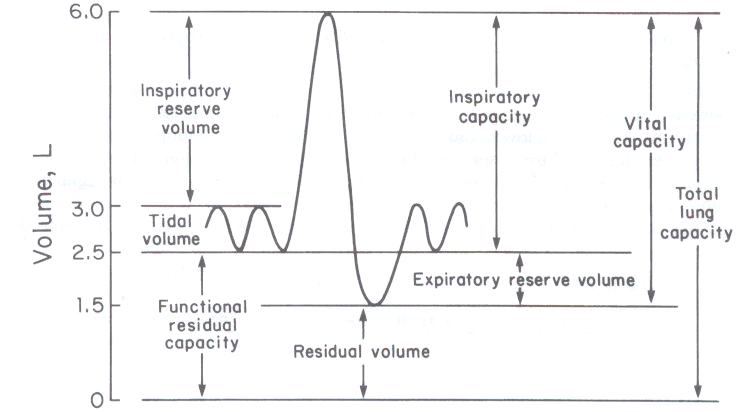My second "single rescuer" should have been two rescuer.
Ok, good to know we are on the same page.
Follow along with the video below to see how to install our site as a web app on your home screen.
Note: This feature may not be available in some browsers.
My second "single rescuer" should have been two rescuer.
It's not that confusing. St. John Ambulance taught you the universal 30:2 because they taught you the lay rescuer guidelines.
If they taught you the HCP guidelines it would be 30:2 for single rescuer (adults, children, infants) and 15:2 for two rescuer children and infants only. This will be the same whether you go to the Heart and Stroke Foundation, Red Cross, or St. John as long as they are following the guidelines.
Also remember that when you exhale or BVM all of the air in your lungs doesn't go out. There is still some in there, that should be able to provide some exchange, so I am sure that helps as well.
New "dumb" question- How does capillary gas exchange occur if you have to stop compressions for rescue breaths? I'd imagine very little O2 gets into the blood from those 2 breaths, considering the heart isn't "beating" to carry away the oxygen-saturated blood and bring in more CO2 saturated blood.
Make sense? (please say yes)
New "dumb" question- How does capillary gas exchange occur if you have to stop compressions for rescue breaths? I'd imagine very little O2 gets into the blood from those 2 breaths, considering the heart isn't "beating" to carry away the oxygen-saturated blood and bring in more CO2 saturated blood.
Make sense? (please say yes)

